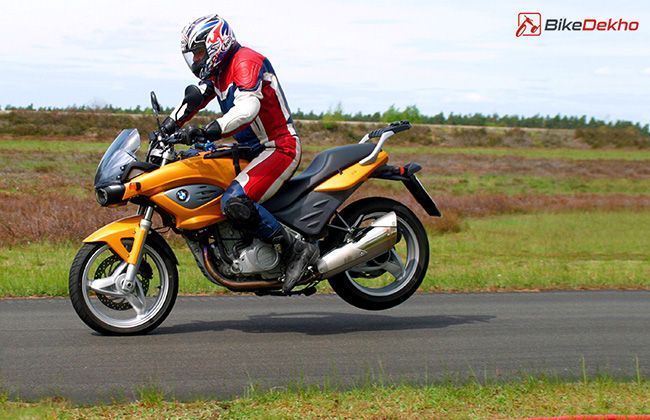Be Safe under Panic Braking
Modified On Dec 11, 2024 By Sachin Sen
- 2109 Views
Riding a motorcycle is thrilling. It is also naturally risky especially in a city, day to day commuting where there are other vehicles on the road of various sizes. On a motorcycle, the rider is exposed to the surroundings making him more vulnerable. They are fun nonetheless, especially motorcycles that are made to give an involving experience to the rider, the ones who are meant to have their capabilities explored and in turn the rider’s.
Braking is an integral part of the whole experience and the part that saves life in many situations when done right. To do it right, depends on a rider’s skill, of course and to an extent, luck. While we can only hope for the luck to be on our side, certain precautions can help us become better at braking and bringing our ride to a stop or steering it safely out of the harm’s way.

In India, we have more things to worry about than just bad roads when it comes to when and how to apply brakes. There’s bad roads, almost total lack of lane driving and anyone (or anything!) jumping on the road from a divider.
There are basics as well as certain tricks:
Basic tips:
- Do not engage clutch as soon as brakes are applied or to slow down the motorcycle. Pressing the clutch disengages the wheel from the engine and the wheel loses natural traction that it gets while it is connected with the drivetrain.
- Use the clutch as the vehicle is coming to a stop.
- Practice using front brake (disc or drum) more than the rear brake. For slowing in normal circumstances, use front brake. Also, downshift progressively so that engine braking can also be used for slowing down the vehicle which helps in overall braking performance and takes some loads off the brakes as well.
- In case of emergency, if there’s no room to steer, try and keep the handlebar as straight as possible. Use both brakes, however, front brake should take more force than the rear.
Of course, this can’t be learned or mastered in a day or in a short time. Practicing good braking requires practice and understanding of your motorcycle’s equipment’s capabilities. Try and find an empty space (like a deserted road or an empty parking lot) where emergency techniques, as explained above, can be practiced.
One thing cannot be taught though, intuition and the natural ability of a person to react to an unforeseen situation. Being alert overall can greatly help being safe.
